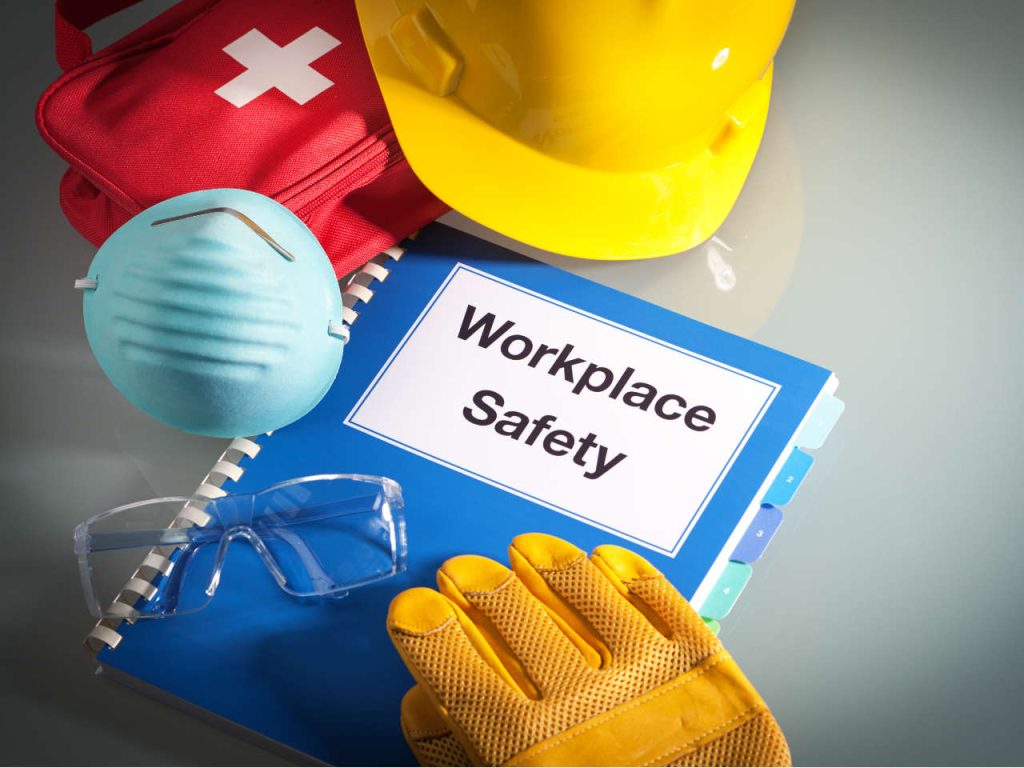Understanding Workplace Hazards and Setting Preventive Measures

Workplace hazard identification is the process of identifying potential hazards in the workplace. This process involves analyzing workplace conditions, equipment, materials, and operations to determine what hazards may be present. It is essential to identify hazards because it is the first step in preventing workplace injuries and illnesses. [1]
Workplace hazards are a common problem in many industries. They can lead to injuries, illnesses, and even fatalities. Therefore, it is important for employers to understand workplace hazards and set preventive measures to ensure the safety of their workers. In this article, we will discuss the importance of workplace hazard identification and provide some tips on how to set preventive measures. [2]
Some common workplace hazards include:
- Physical hazards: These hazards are related to the physical conditions of the workplace, such as uneven floors, faulty equipment, and exposure to extreme temperatures.
- Chemical hazards: These hazards are related to exposure to chemicals, such as toxic gases, vapors, and liquids.
- Biological hazards: These hazards are related to exposure to biological agents, such as viruses, bacteria, and fungi.
- Ergonomic hazards: These hazards are related to the design and layout of the workplace, such as improper workstations and repetitive motions.
Once hazards have been identified, it is important to set preventive measures to minimize or eliminate the risks associated with them. Here are some tips on how to set preventive measures: [3]
- Provide Training: One of the most effective ways to prevent workplace injuries and illnesses is to provide training to employees. This can include training on safe work practices, proper use of equipment, and how to identify and report hazards.
- Implement Safety Policies: Employers should develop and implement safety policies that address hazards in the workplace. These policies should outline the procedures for identifying, reporting, and addressing hazards.
- Use Personal Protective Equipment (PPE): Employers should provide employees with appropriate PPE, such as safety glasses, gloves, and respirators, to protect them from workplace hazards.
- Conduct Regular Inspections: Employers should conduct regular inspections of the workplace to identify any hazards that may have been missed during initial hazard identification. Inspections can also help to ensure that safety policies and procedures are being followed.
- Encourage Communication: Employers should encourage employees to report any hazards they identify in the workplace. This can help to ensure that hazards are addressed quickly and effectively.
Workplace hazards are a serious problem that can lead to injuries, illnesses, and fatalities. It is essential for employers to understand workplace hazards and set preventive measures to ensure the safety of their workers. Workplace hazard identification [4] is the first step in preventing workplace injuries and illnesses. By implementing preventive measures, employers can create a safe and healthy workplace for their employees.
